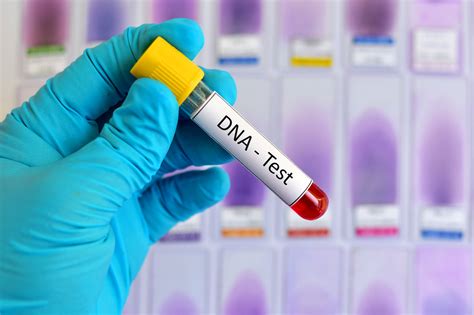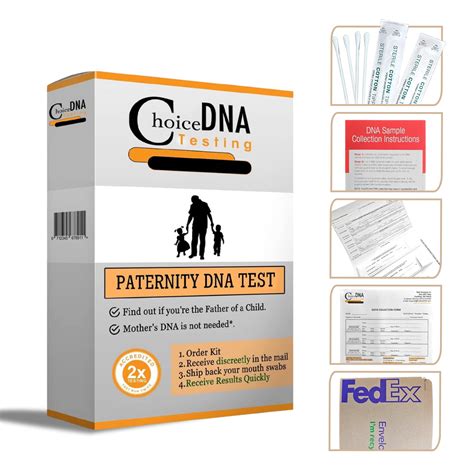Intro
Unlock the secrets of your ancestry with a home DNA test. Discover your genetic heritage, connect with distant relatives, and gain insights into your health and wellness. Learn how to choose the best at-home DNA testing kit, understand your results, and explore the benefits and limitations of this revolutionary technology.
The rise of home DNA testing has revolutionized the way we explore our genetic makeup, ancestry, and health predispositions. With the ability to collect a DNA sample from the comfort of our own homes, we can now gain valuable insights into our genetic profiles, connect with distant relatives, and even make informed decisions about our health.
The concept of home DNA testing is not new, but its popularity has surged in recent years, thanks to advancements in technology and the increasing availability of direct-to-consumer genetic testing kits. These kits typically involve a simple cheek swab or saliva sample, which is then sent to a laboratory for analysis. The results are usually delivered online, providing users with a wealth of information about their genetic heritage.
How Home DNA Testing Works

Home DNA testing typically involves the following steps:
- Sample Collection: Users collect a DNA sample from a cheek swab or saliva sample.
- Sample Shipping: The sample is shipped to a laboratory for analysis.
- DNA Analysis: The laboratory extracts the DNA from the sample and analyzes it using specialized technology.
- Results Delivery: The results are delivered online, providing users with information about their genetic heritage.
Types of Home DNA Tests
There are several types of home DNA tests available, each offering unique insights into our genetic profiles. Some of the most popular types of tests include:
- Autosomal DNA Tests: These tests analyze our autosomal DNA, which is the DNA found in our cells that is not specific to our sex chromosomes. Autosomal DNA tests can provide information about our ancestral origins, connect us with distant relatives, and even offer insights into our health predispositions.
- Y-DNA Tests: These tests analyze the DNA found on our Y chromosome, which is passed down from father to son. Y-DNA tests can provide information about our paternal lineage and connect us with distant relatives who share a common paternal ancestor.
- Mitochondrial DNA Tests: These tests analyze the DNA found in our mitochondria, which is passed down from mother to child. Mitochondrial DNA tests can provide information about our maternal lineage and connect us with distant relatives who share a common maternal ancestor.
Benefits of Home DNA Testing

Home DNA testing offers a range of benefits, including:
- Ancestral Insights: Home DNA testing can provide valuable insights into our ancestral origins, helping us connect with our heritage and learn more about our family history.
- Health Predispositions: Some home DNA tests can provide information about our health predispositions, allowing us to make informed decisions about our health and wellness.
- Relative Connections: Home DNA testing can connect us with distant relatives who share a common ancestor, allowing us to expand our family tree and learn more about our family history.
Concerns and Limitations
While home DNA testing offers many benefits, there are also concerns and limitations to consider. Some of the most significant concerns include:
- Accuracy and Reliability: Home DNA testing is not always 100% accurate, and results may vary depending on the quality of the sample and the laboratory analysis.
- Privacy and Security: Home DNA testing raises concerns about privacy and security, as users are sharing sensitive genetic information with third-party companies.
- Regulation and Oversight: The home DNA testing industry is largely unregulated, which raises concerns about the quality and accuracy of tests.
Choosing the Right Home DNA Test

With so many home DNA tests available, choosing the right one can be overwhelming. Here are some tips to consider:
- Define Your Goals: Determine what you want to learn from your home DNA test. Are you interested in ancestral insights, health predispositions, or relative connections?
- Research Companies: Research different companies and their testing options. Look for companies that offer accurate and reliable results, as well as robust security and privacy measures.
- Read Reviews: Read reviews from other users to get a sense of the company's reputation and the quality of their tests.
Preparing for Your Home DNA Test Results
Receiving your home DNA test results can be a exciting and overwhelming experience. Here are some tips to prepare:
- Understand the Results: Take the time to understand your results, including any technical terms or jargon.
- Seek Support: Consider seeking support from a genetic counselor or a healthcare professional to help interpret your results.
- Keep an Open Mind: Keep an open mind and be prepared for unexpected results.
Conclusion
Home DNA testing has revolutionized the way we explore our genetic makeup, ancestry, and health predispositions. While there are concerns and limitations to consider, the benefits of home DNA testing are undeniable. By choosing the right test, understanding the results, and seeking support, we can unlock the secrets of our genetic heritage and gain valuable insights into our health and wellness.
What is home DNA testing?
+Home DNA testing is a type of genetic testing that allows users to collect a DNA sample from the comfort of their own homes and send it to a laboratory for analysis.
What types of home DNA tests are available?
+There are several types of home DNA tests available, including autosomal DNA tests, Y-DNA tests, and mitochondrial DNA tests.
What are the benefits of home DNA testing?
+Home DNA testing offers a range of benefits, including ancestral insights, health predispositions, and relative connections.
